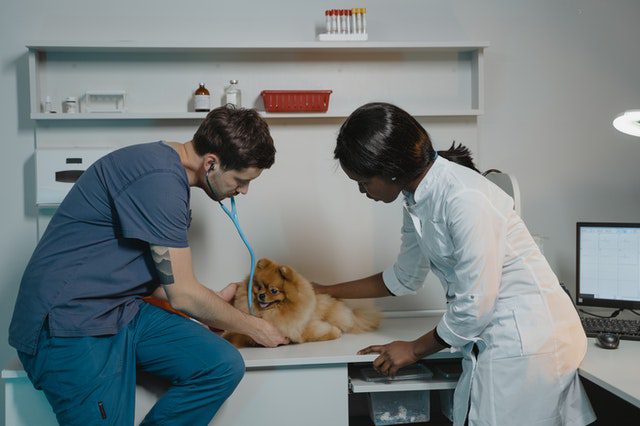Good rearing techniques will be key to the economics and welfare of dairy bull calf production when Wales moves to a system of rearing these animals until they are at least eight weeks old.
As dairy farmers prepare for the new rules from 2023, calf-rearing workshops have been developed by NADIS and approved by Lantra Awards. These workshops are being delivered across Wales by local veterinary practices, managed by Farming Connect.
The programme of workshops has received funding through the Welsh Government Rural Communities – Rural Development Programme 2014-2020, which is funded by the European Agricultural Fund for Rural Development and the Welsh Government.
At one of these events, held in Pembrokeshire recently, Cath Tudor of Prostock Vets said
that statistically, dairy bull calves had significantly higher disease and death rates than heifers. This may be due to the fact that their higher birthweights can lead to difficult calvings, but it can also be the result of bulls not receiving the same level of care and nutrition as heifers.
Responsible breeding strategies were now needed, said Ms Tudor, to ensure every calf meets its target weight to maximise rearing success and minimise mortality. The main causes of death are pneumonia, scours, navel infections, hypothermia, septicaemia and clostridial diseases, resulting from an inadequate supply of good quality colostrum and poor hygiene and ventilation.
Rearing costs to 30 days add up to £73.90 a calf, so to get a return on that investment, it is important to get everything right. Ms Tudor and her colleague Francesca Pera offered advice to workshop attendees on how to achieve that.
Colostrum feeding and management
- Keep colostrum buckets covered to prevent contamination – dirt or dust can introduce disease into a calf when it is at its most vulnerable.
Measure colostrum antibody levels with devices such as a Brix refractometer or a densimeter (which can be bought for under £10) – the Immunoglobulin (IgG) level should be 50g/litre.
- Colostrum can be stored in the fridge for up to 24 hours.
- Pasteurising colostrum will prevent diseases such as mycoplasma bovis and Johne’s transferring from cow to the calf, but unlike milk, it must not be pasteurised at a temperature higher than 60 degrees Celsius, or the antibodies will be destroyed.
- Don’t use damaged teats for feeding colostrum, as these will harbour bacteria.
- Rinse teats in lukewarm (not hot) water, as high temperatures create a biofilm that attracts bacteria.
- Feed 10% of a calf’s bodyweight in colostrum in the first two hours – or if this is not possible, no later than in the first six.
- If a dairy calf is left to suckle its mother, it will only receive an average of 31% of its colostrum requirements, so it is important to top up.
- A vet can monitor intakes by blood sampling when a calf is between one and seven days old. After seven days, the calf will be producing its own antibodies, and this will impact on the test result; if colostrum feeding is working successfully, a minimum of 80% of calves should have adequate levels.
Navel management
Fully immerse a newborn calf’s umbilical cord in iodine in the first 15 minutes and repeat after two to four hours. If there are signs of infection, treat promptly.
Clean bedding is vital to the health of newborn calves. “Get enough bedding under the calves; a calf should disappear into the straw, and the cleaner the bedding, the easier you will make it for yourself,” said Ms Tudor.
“I know straw is expensive, but it is cheap if it prevents disease.
“If you kneel on the bedding and your knees get wet, there is not enough bedding, or the drainage might need to be checked.”
Vaccination
Vaccinating cows pre-calving with a vaccine that protects against rotavirus, coronavirus and E. coli is very effective if calves are receiving colostrum from those animals.
Ventilation
If cobwebs are present in a building, ventilation is inadequate.
Calves also need to be protected from fluctuating temperatures.
“I am a big fan of calf jackets,” said Ms Tudor.
Feeding
It is a legal requirement for calves to be fed twice daily in the first four weeks.
Feed conversion efficiency is at its highest in the first two months, so maximise that opportunity for daily liveweight gain in that period.
“If you grow calves really well, there is evidence that this correlates with higher yields in a heifer’s first lactation,” said Ms Tudor.
Teat feeding can be preferable to bucket feeding, as it prevents gulping and milk entering the rumen when it has yet to develop.
“The science behind it is that the sucking action helps the milk to go to the right place,” said Ms Tudor.
However, she added, “If you are bucket feeding and your system is working for you, don’t change it.”
Consistency (volume, concentration and temperature) is important, if using milk-replacer.
Feed 15% of bodyweight daily, and use a gradual or step weaning approach to wean when calves are eating 1kg of concentrates a day.
Provide free access to clean water from day one; creep can be introduced from day three, and feed a mix specifically formulated for calves – don’t substitute with cow concentrates.
Offer hay or straw from two weeks to help with elasticity in the stomach.
Farming Connect is delivered by Menter a Busnes and Lantra Wales, and funded by the Welsh Government and the European Agricultural Fund for Rural Development.
Help keep news FREE for our readers
Supporting your local community newspaper/online news outlet is crucial now more than ever. If you believe in independent journalism, then consider making a valuable contribution by making a one-time or monthly donation. We operate in rural areas where providing unbiased news can be challenging. Read More About Supporting The West Wales Chronicle























